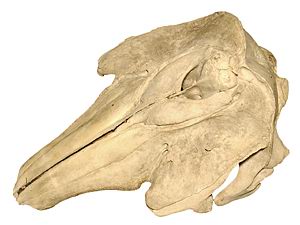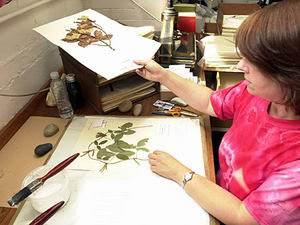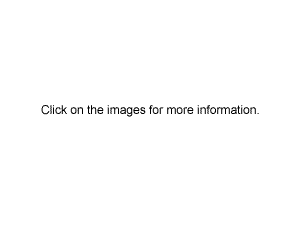Keeping and caring
Organising
Keeping track
The national collections here are a library of the natural world. They are arranged systematically, allowing researchers from anywhere in the world to find specimens.
Every item in the Museum's collection is recorded, catalogued and given a number that will become its unique identity tag. This bone came to the Museum on 2 November 1949. The last number shows it was the first specimen recorded that day. This number is called the Registration number

Over the next decade, we will be putting images and information about our 60 million life science specimens onto computer. Increasingly, people will be able to search our collections via the internet.
Learn more about:
 |
Identifying specimens
How do Museum researchers find out what a new specimen is? |
Organising: new specimens
160,000 specimens are added to our life science collections every year on average. They are rich in material never seen before.

Donations are the main source of new study material for many of our collections. In other areas, new specimens are also generated through our active research around the world.
Learn more about:
 |
Collecting new material
How do Museum researchers find out what a new specimen is? |
 |
Ethical collecting
What are the ethical considerations when collecting a new specimen from the wild? |
Organising: new specimens
 |

|
|
 |
||
 |
||

|
||